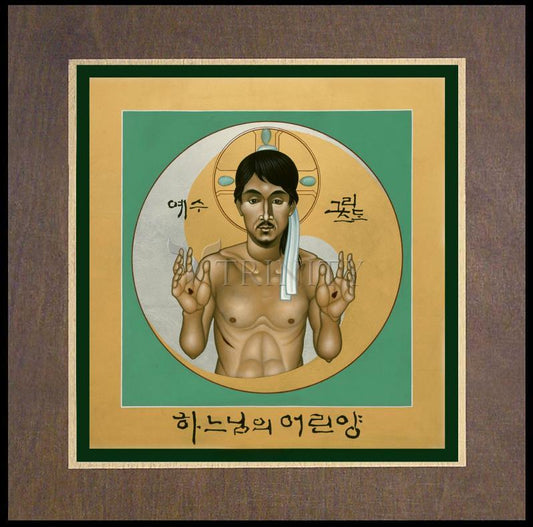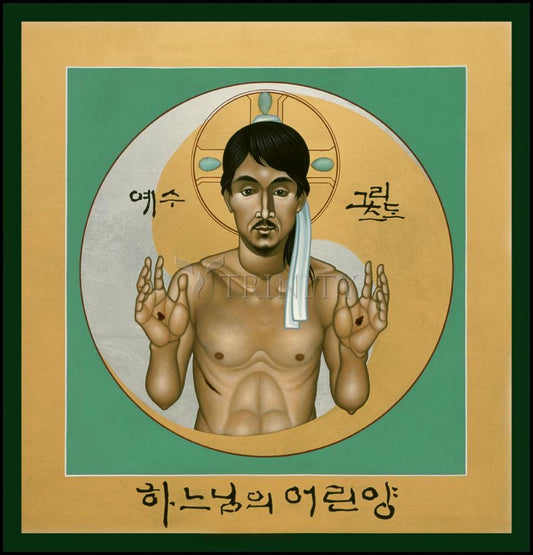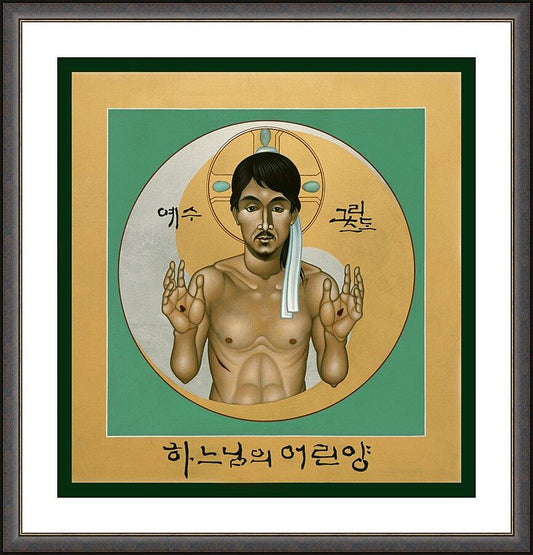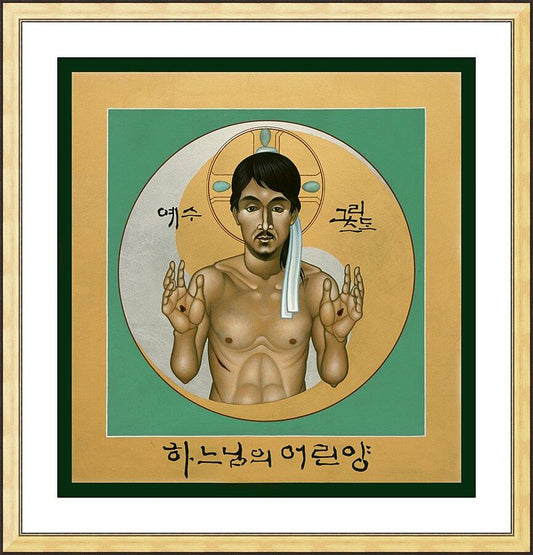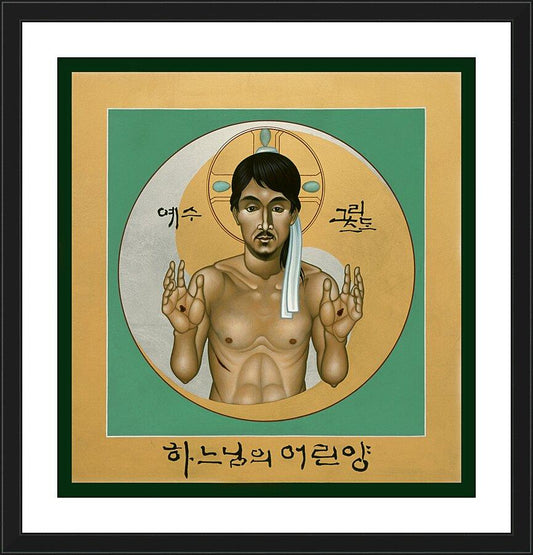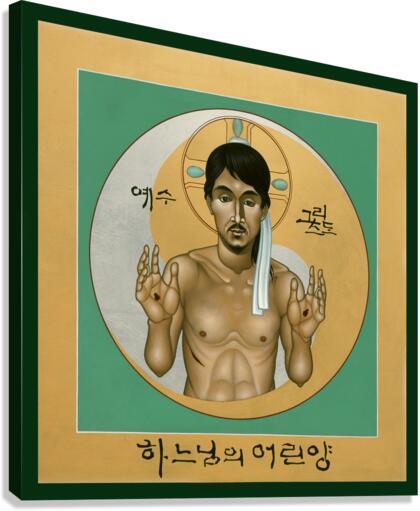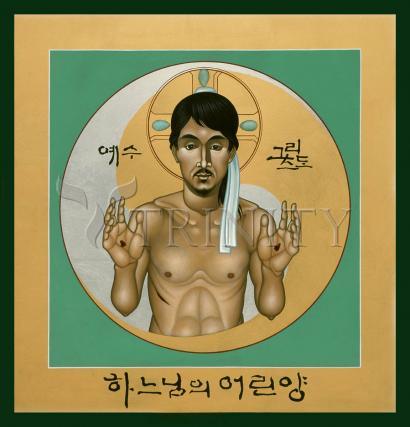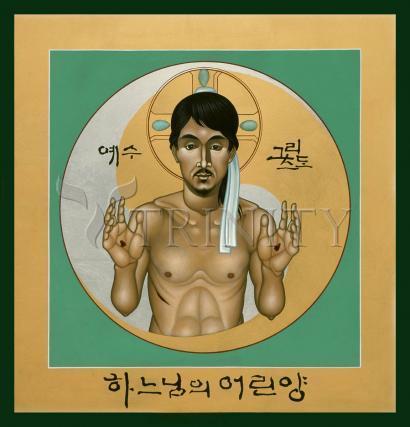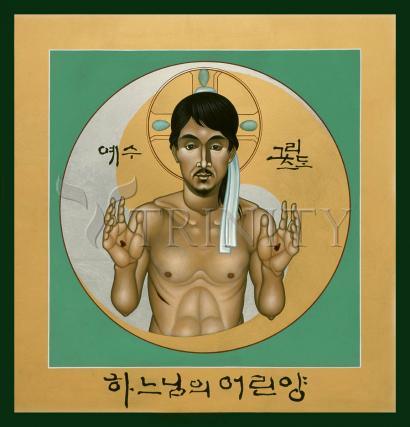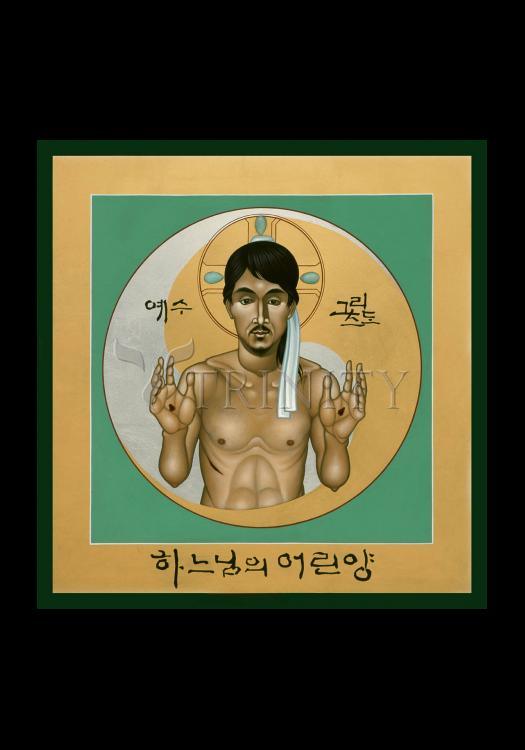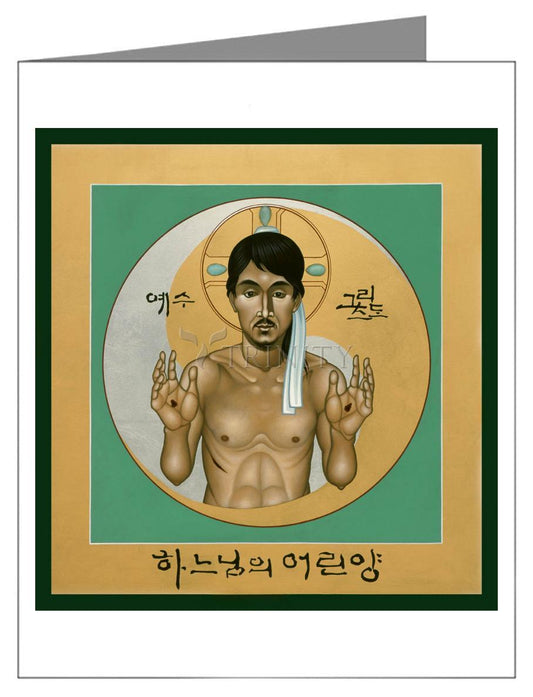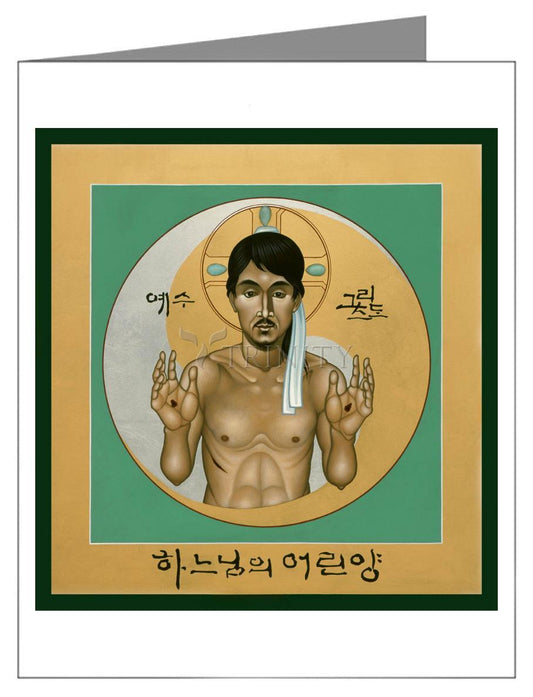The practice of Christianity in Korea revolves around two of its largest branches, Protestantism and Catholicism, accounting for 8.6 million and 5.1 million members respectively.
History:
Christianity has had a short history in Korea, with Roman Catholicism first introduced during the late Joseon Dynasty period. In 1603, Yi Gwang-jeong, Korean diplomat, returned from Beijing carrying a world atlas and several theological books written by Matteo Ricci, a Jesuit missionary to China. He began disseminating the information in his books and from these beginnings the first real seeds of Christianity were sown.
Christianity as a belief system did not expand much over the following two centuries.
In 1758 King Yeongjo of Joseon officially outlawed Catholicism as an evil practice.
Roman Catholicism was again introduced in 1785 by Yi Sung-hun. Even after this time, Korean Christians were subject to persecution and hardship but this has not put off believers. Many were martyred, especially during the Catholic Persecution of 1801 and later, the most famous of whom was Andrew Kim Taegon, who was beheaded in 1846 at the age of 25 for his practice of a foreign religion.
The Joseon Dynasty saw the new religion as a subversive influence and persecuted its earliest followers in Korea, culminating in the Catholic Persecution of 1866, in which 8,000 Catholics across the country were killed, including 9 French missionaries. The opening of Korea to the outside world in the following years brought religious toleration for the remaining Catholics and also introduced Protestantism.
The growth of both was gradual, however, until the middle of the twentieth century, when a number of factors have encouraged the growth of Christianity in Korea, and its growth since the 1960s has been significant enough that the number of adherents to Christianity surpassed that of adherents to the traditional religions. Today, Protestantism and Roman Catholicism in South Korea face different challenges, with the Korean Protestantism mired in various controversies and struggling with a declining number of followers, while the Catholic Church in Korea has increased its membership by 70% in the last ten years.
Size and cultural significance:
Prior to the Korean War (1950"1953), two-thirds of Korean Christians lived in the North, but most later fled to the South. It is not known exactly how many Christians remain in North Korea today, and there is some confusion about the exact number in South Korea as well. It is known that by the end of the 1960s there were barely one million Protestants in South Korea, but during the "Conversion Boom" period ending in the 1980s, the number of Protestants increased faster than in any other country.
The 2005 South Korean census showed 29.2 percent of the population as Christian, up from 26.3 percent ten years previously. Presbyterian Churches are the biggest Protestant denominations in South Korea, with close to 20,000 churches affiliated with the two largest Presbyterian denominations in the country.
South Korea also provides the world's second largest number of Christian missionaries, surpassed only by the United States. GSM, the missionary body of the "Hapdong" General Assembly of Presbyterian Churches of Korea, is the single largest missionary organization in South Korea. South Korean missionaries are especially prevalent in 10/40 Window nations that are hostile to Westerners. In 2000, there were 10,646 Protestant South Korean missionaries in 156 countries, along with an undisclosed number of Catholic missionaries. According to an article published in 2004 "South Korea dispatched more than 12,000 missionaries to over 160 countries in comparison to about 46,000 American and 6,000 British missionaries, according to missionary organizations in South Korea and the West". According to an article published in 2007 "Korea has 16,000 missionaries working overseas, second only to the US". In 1980, South Korea sent 93 missionaries; by 2009 it was around 20,000.
Seoul also contains eleven of the world's twelve largest Christian congregations. A number of South Korean Christians, including David Yonggi Cho, senior pastor of Yoido Full Gospel Church, have attained worldwide prominence. Rev. Abraham Park Yoon-Sik, Senior Pastor of the Pyungkang Cheil Presbyterian Church (one of the largest Christian churches in South Korea), is the author of the History of Redemption Series of books which have gathered strong praise from theologians worldwide. He is also the co-founder of the Abraham Park Kenneth Vine Collection biblical museum in Seoul.
Aaron Tan, director of the Hong Kong architectural firm called Research Architecture Design, described the night scene of Seoul as "full of glowing Christian crosses."



